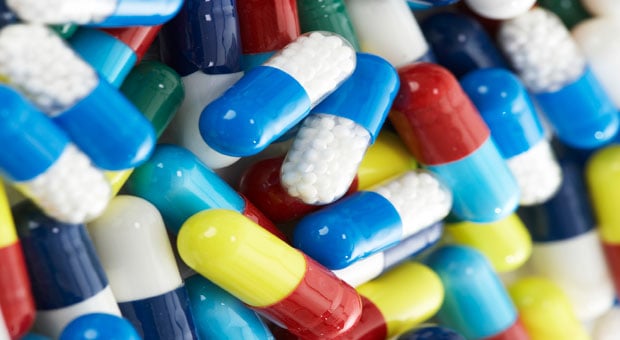Dear EarthTalk: Pharmaceuticals were in the news again recently, how they are polluting water and raising a host of health issues because we dispose of them both unused and used through body waste elimination. What can be done? — Lucy Abbot, Macon, GA
Pharmaceutical drug contamination in our groundwater, rivers, lakes, estuaries and bays is a growing problem. Millions of us are flushing unused medications down the toilet and discharging them in our body waste—even though sewage treatment plants and septic systems were never designed to deal with such contaminants. Additional discharges by healthcare facilities exacerbate the problem. As a result, researchers have identified traces of pharmaceutical drugs in the drinking water supplies of some 40 million Americans.
A nationwide study conducted by the U.S. Geological Survey in 1999 and 2000 found low levels of pharmaceuticals—including antibiotics, hormones, contraceptives and steroids—in 80 percent of the rivers and streams sampled. According to Citizens Campaign for the Environment (CCE), the effects of constant, low-level exposure of pharmaceuticals on ecosystems and humans are uncertain, though “possible health concerns include hormone disruption, antibiotic resistance and synergistic effects.” And antidepressants, says CCE, can “alter the behavior and reproductive functions of fish and mollusks.”
CCE cites a recent Stony Brook University study showing that some fish species in New York’s Jamaica Bay are experiencing “feminization”—the ratio of female to male winter flounder was 10 to one in the studied area—likely a result of flushed pharmaceuticals that can act as “hormone mimics” and cause such effects. New York’s Department of Environmental Conservation concurs, citing a number of other studies underscoring the impacts on aquatic life. What irks CCE about the problem is that almost all known sources of drugs in the environment first pass through wastewater treatment plants where they could be filtered out, but these facilities are not required to be equipped with pharmaceutical filter devices.
In light of the problem, the U.S. Food & Drug Administration (FDA) in 2007 established its first set of guidelines for how consumers should dispose of prescription drugs. First and foremost, consumers should follow any specific disposal instructions on a drug’s label or the patient information that accompanies the medication—and shouldn’t flush the drugs down the toilet. If there are no disposal instructions, the FDA recommends finding out from your municipality if any take-back programs are in place. Also, the U.S. Drug Enforcement Administration sponsors National Prescription Drug Take Back Days across the country at various sites a few times a year.








